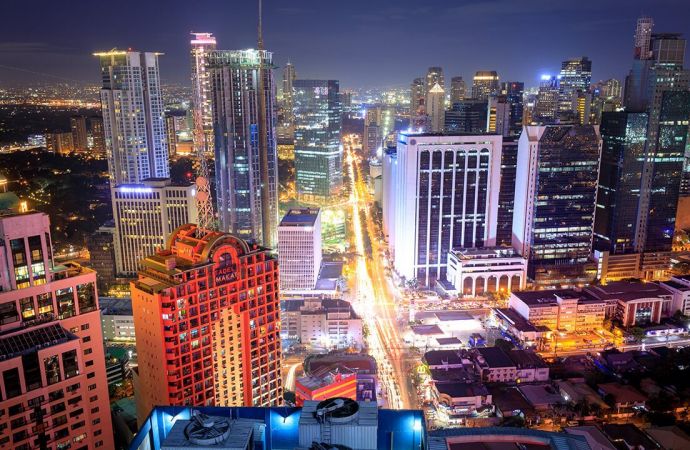By the end of March, the company will have eliminated all HCFCs, using ammonia and CO2 systems instead.

From left: Shoji Yoshino, Masayoshi Kurosaki and Tetsuro Fukumoto, all of Ajinomoto Frozen Foods
On March 2, Ajinomoto Frozen Foods, a major Japanese multinational food manufacturer, announced that, by the end of March, it will have completed the conversion of all of its domestic food processing facilities from HCFCs to natural refrigerants.
The announcement was made by three company executives – Masayoshi Kurosaki, President and CEO; Tetsuro Fukumoto, General Manager of Production; and Shoji Yoshino, General Manager of Production Strategy – during a one-hour online webinar.
“The intention to contribute to the global environment and promote the [United Nations’] Sustainable Development Goals has been essential for both Ajinomoto Frozen Foods and the Ajinomoto Group as a whole,” said Kurosaki.
“In addition, we recognize that, as a result of our freon elimination project, the brand value of the entire group will increase,” said Kurosaki.
He also spoke of freon use as an issue for the entire cold food industry. “Although there is friendly rivalry and competition in our industry in terms of product development, we believe we can cooperate with other companies in terms of logistics optimization, so we would like to do this.”
Ammonia and CO2 systems
Ajinomoto Frozen Foods began its natural refrigerants journey in 2001, when it installed its first ammonia/NH3 (R717) direct expansion (DX) system at one of the 47 domestic food manufacturing facilities that it was operating at the time. Since then, the company has utilized Japanese government subsidies as well as its own financial investments to consolidate production lines and gradually replace all HCFCs with natural refrigerants.
Today, the company operates 27 frozen food manufacturing facilities in Japan, all of which will use natural refrigerants by the end of March. These systems include ammonia direct expansion and NH3/CO2 (R744) secondary systems supplied by Japanese OEM Mayekawa as well as transcritical CO2 systems supplied by Japanese OEMs Nihon Netsugen Systems and Mitsubishi Heavy Industries.
The company plans to eliminate its remaining inventory of HFCs in its overseas frozen food factories as well as in domestic and overseas cold storage facilities, replacing them with natural refrigerants by 2030.
In February 2019, Tomomitsu Yamasaki, Executive Officer, Ajinomoto Frozen Foods presented the company's progress in phasing out f-gases during the ATMOsphere Japan conference (See Ajinomoto Frozen Foods' ATMOsphere Japan 2019 presentation here.) ATMOsphere Japan is organized by shecco, publisher of this website.
Link to press release (in Japanese): https://corporate.ffa.ajinomoto.com/_var/pdf/20210302.pdf
The intention to contribute to the global environment and promote the [United Nation’s] Sustainable Development Goals has been essential for both Ajinomoto Frozen Foods and the Ajinomoto Group as a whole” – Masayoshi Kurosaki, Ajinomoto Frozen Foods
Related stories





